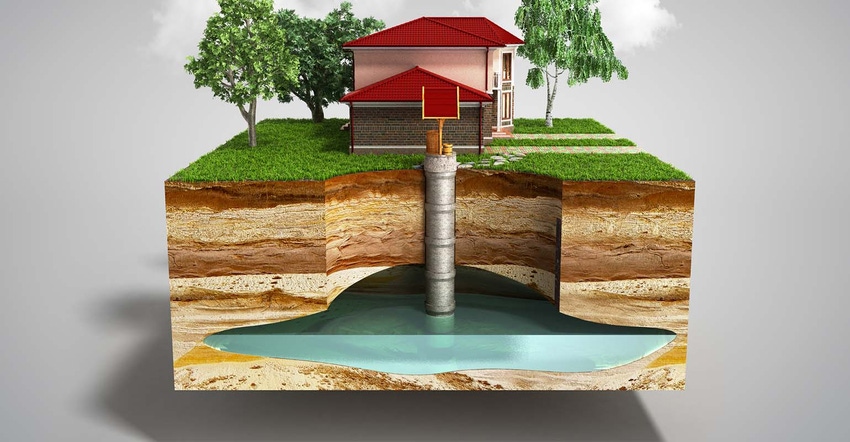
In February 2018, the U. S. Court of Appeals for the 9th Circuit held the Hawaii County of Maui’s pollutants were traceable to wells which discharge into groundwater and that groundwater was considered a point source under the Clean Water Act. But a new ruling has reversed that call and agriculture will benefit.
The U.S. Court of Appeals for the 6th Circuit ruled on September 24, 2018 that the Clean Water Act (CWA) does not extend liabilitywhen pollution from a point source reaches surface water through groundwater movement (details here).
The plaintiffs in this case were the Kentucky Waterways Allianceand Sierra Club. The defendant was Kentucky Utilities Company which burns coal to produce energy and the leftover coal ash is discharged into man-made ponds. Kentucky Waterways and Sierra Club alleged the chemicals in the coal ash discharged into ponds leaked into surrounding groundwater, and the groundwater carried the contaminants to a nearby lake.
The Court of Appeals was told this contaminating groundwater that contaminates a nearby lake violates both the CWA and the Resource Conservation and Recovery Act (RCRA). This case is only partially complete because the Court held the RCRA claim must be heard by U.S. District Court.
Why this is important to agriculture
This case holds that pollutants in groundwater coming from a storage lake are not regulated by the CWA. The issue and the dispute started in 2011 when Kentucky Utilities submitted a report that showed increased levels of chemicals in nearby waters. The environmental groups argued that mere groundwater is an equivalent to a pipe through which pollutants travel. The Court called this a point source theory and also a hydrological connection theory.
The Court states, “We reject both theories; the CWA does not extend its reach to this form of pollution.” The Court of Appeals majority disagrees with decisions from the 4th Circuit and the County of Maui case. The 6th Circuit made it clear “...for pollution to be governed by the CWA, it must have traveled through a conveyance, and that conveyance must have been discernible, confined, and discrete.” The 6th Circuit Court made it clear groundwater might be a conveyance but under the CWA, it is not “discernible”, “confined”, nor is it “discrete”.
The Court states, “By its very nature, groundwater is a ‘diffuse medium’ that seeps in all directions, guided only by the general pull of gravity. Thus, it [groundwater] is neither confined nor discrete.” The Court further states that the CWA only addresses pollutants “...that are added to navigable waters from any point source.”
The other courts were wrong
It is obvious to the Court that two other Circuits are “wrong” because under the CWA, for there to be a discharge of a pollutant, it must be discharged into a navigable water by a point-source conveyance.” Obviously, groundwater is not a point source and when a pollutant is coming from groundwater that is a no point source.
The 6th Circuit panel rips other Courts of Appeal which claim a hydrological connection is sufficient to regulate under the CWA. The 6th Circuit Court brings common sense to the CWA. It states that reliance on the hydrological theory by other courts is “misguided”.
The Court makes it clear Congress did not prohibit every discharge of pollutants. Congress made it clear its efforts were on point source control rather than controlling all pollution.
Nonpoint source pollution is handled completely differently and by the states. Groundwater pollution is nonpoint source pollution and to allow the CWA to control this pollution would, as the Court said, “upend” the CWA. The Court concluded with a powerful statement. “Reading the CWA to extend liability to groundwater pollution is not the best one.”
So, it’s a victory for common sense and for agriculture, because the 6th Circuit Court of Appeals points out a simple truth. No party or entity is liable under the CWA for surface water pollution which comes by way of groundwater.
My guess is we will see this issue appealed to the U. S. Supreme Court.
The opinions of the author are not necessarily those of Farm Futures or Farm Progress.
About the Author(s)
You May Also Like




